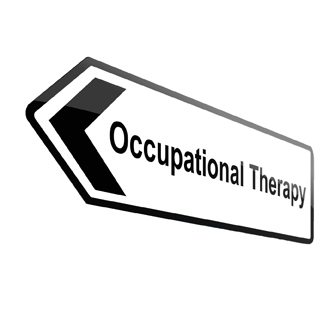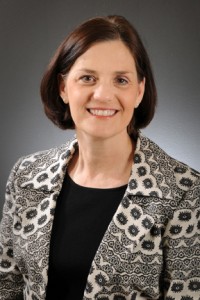Life Activities; Occupational Therapy
Posted on April 1, 2014 by bob in In Every Life
The Institute of Medicine within the National Institutes of Health recommends coordinated “person-centered” healthcare, provided by a variety of healthcare team members. Team members can include nurses, nurse practitioners, physicians, pharmacists, respiratory, speech, physical or occupation therapists, alternative health practitioners, social workers, psychologists, nutritionists, or others based on specific needs of the individual. 
Although some services may overlap, each healthcare team member provides services within the particular scope of practice for their profession as allowed by state licensing and regulations. Any of these licensed professionals may delegate portions of care to be completed by assistive non-licensed personnel, although the licensed professional retains the responsibility for assessing and evaluating outcomes of care provided. (Additional information available on Prime’s website.)
Changes that accompany aging may involve decline in physical functioning. Pain, altered mobility or decreased endurance from various chronic diseases can impact a person’s way of doing what is needed for life. The American Occupational Therapy Association (AOTA) defines occupational therapy as:
“The therapeutic use of everyday life activities (occupations) with individuals or groups for the purpose of participation in roles and situations in home, school, workplace, community, and other settings. Occupational therapy services are provided for the purpose of promoting health and wellness to those who have or are at risk for developing an illness, injury, disease, disorder, condition, impairment, disability, activity limitation, or participation restriction. Occupational therapy addresses the physical, cognitive, psychosocial, sensory, and other aspects of performance in a variety of contexts to support engagement in everyday life activities that affect health, well-being, and quality of life” (AOTA, 2004).
Although occupational therapy (OT) is an evolving practice, OTs evaluate factors that affect a person’s performance of activities of daily living (ADLs) or instrumental activities of daily living (IADLs) that are needed for education, work, play, leisure, and social participation, including body functions. During assessment, the occupational therapist determines what is involved in the individual’s life and the ability of the person to carry out the activities required. Based on this information, priorities are determined for intervention.
The OT then plans for the most appropriate interventions to achieve adequate functioning. This may include modification of the environment, revising the manner a task is performed, strategies or exercises to improve function to accomplishment of activities. Like interventions of other healthcare team members, goals should be determined by discussion with the person/family and may involve physical, emotional, psychosocial, or cognitive functions.
Outcomes of the interventions are also evaluated in collaboration with the individual, and then form the basis for any future interactions. Additionally, each member of the healthcare delivery team communicates with the other team members to promote care that is coordinated throughout all of the professions.
Occupational therapy can be provided in acute care facilities, rehabilitation facilities, community or home settings, in industry, schools or daycare, and in mental health or hospice settings. (Additional information available on Prime’s website. See link below.)
Coordinated, person-centered care by all members of the healthcare delivery team helps promote the highest potential level of functioning, with can increase quality of life.
Web Resources:
http://www.iom.edu/Reports/2013/Establishing-Transdisciplinary-Professionalism-for-Improving-Health-Outcomes.aspx
http://www.patientsrightsnow.org/Patient-Resources/EssentialHealthBenefits.aspx
http://www.iom.edu/Reports/2013/Financing-Long-Term-Services-and-Supports-for-Individuals-with-Disabilities-and-Older-Adults.aspx
http://www.iom.edu/Reports/2001/Crossing-the-Quality-Chasm-A-New-Health-System-for-the-21st-Century.aspx
Arlene H. Morris, EdD, RN, CNE is Professor of Nursing, Auburn Montgomery School of Nursing. Reach her at amorris@aum.edu.










